By: Rick Bairett
You may already know that Bryan Shafer is a Utah motorsports legend. Other than aircraft, he has raced “pretty much everything with a motor.” Yes, that includes motorcycles, boats, and many kinds of four-wheeled vehicles in various environments.
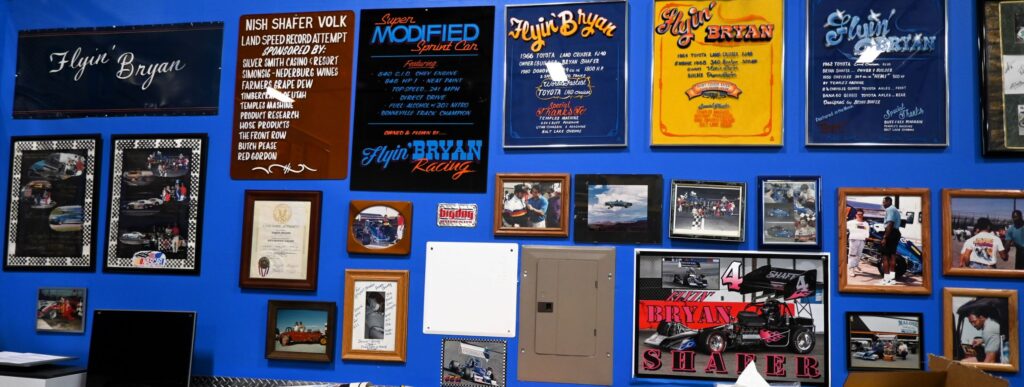
Flyin’ Bryan has won championships and set records hill-climbing, racing off-road and racing on pavement. He has organized races, built or refurbished many race cars, run race teams—by himself and in partnership with asphalt-oval hall of famer Kenny Hamilton—and even designed vehicle movie stunts (e.g. the final scene of Thelma and Louise).
So after 50 years at the top of regional and national racing, what still makes Bryan’s heart race? His passion is Supermodified open-wheel cars, and he leverages Bryan Shafer Racing to keep them competing.
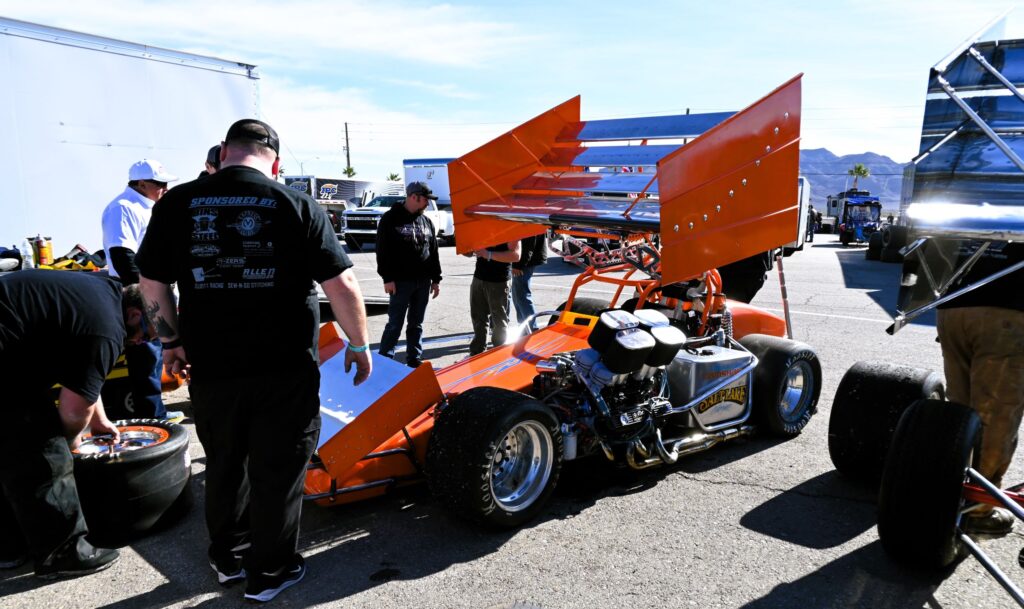
Supermodified Open-Wheel Cars
Supermodifieds are unquestionably unique. Picture an already smoking-fast Winged Sprint car on steroids and you start to get the idea. One of Bryan’s favorite things about the Supermodfied class is that there are fewer rules that drive how a car has to be set up. That means teams can have fun trying new and different things.
For instance, Supermod’s still have lots of wing area; however, teams can try different kinds of aero. In a race, you see cars with a wide variety of wing configurations.
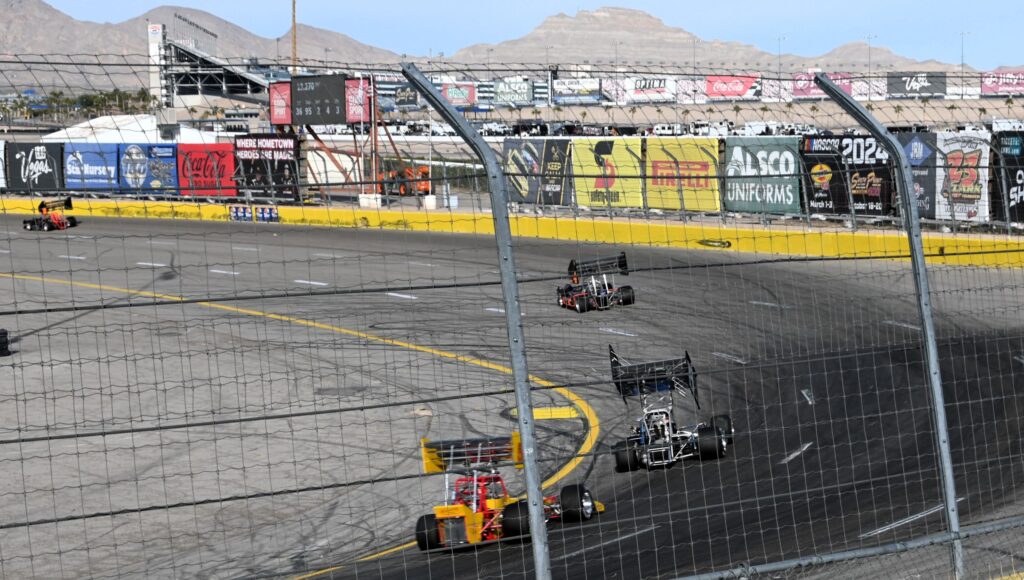
As for engines, the most powerful Winged Sprints are limited to 410 cubic inches, while Supermod’s have no such restriction. Also, their huge V-8s are mounted way left of centerline, and typically canted further left. That engine position lowers the center of gravity and gives Supermods a 68-70% weight bias—sometimes as much as 74%—toward the left wheels. That works when you’re almost constantly turning left at really high speeds.
With lots of wiggle room on aero and chassis setup, and few engine-size restrictions, these methanol-burners are capable of Indy Car speeds—over 200 MPH. Yet, unlike the Brickyard’s 2.5 miles, Supermod’s typically run on tracks of just 1/4 to 1/2 mile. The short tracks mean that getting over 1000 horsepower (hp), for some cars, to the ground and making the car turn effectively is usually far more important than finding extra power and extra top-end speed.
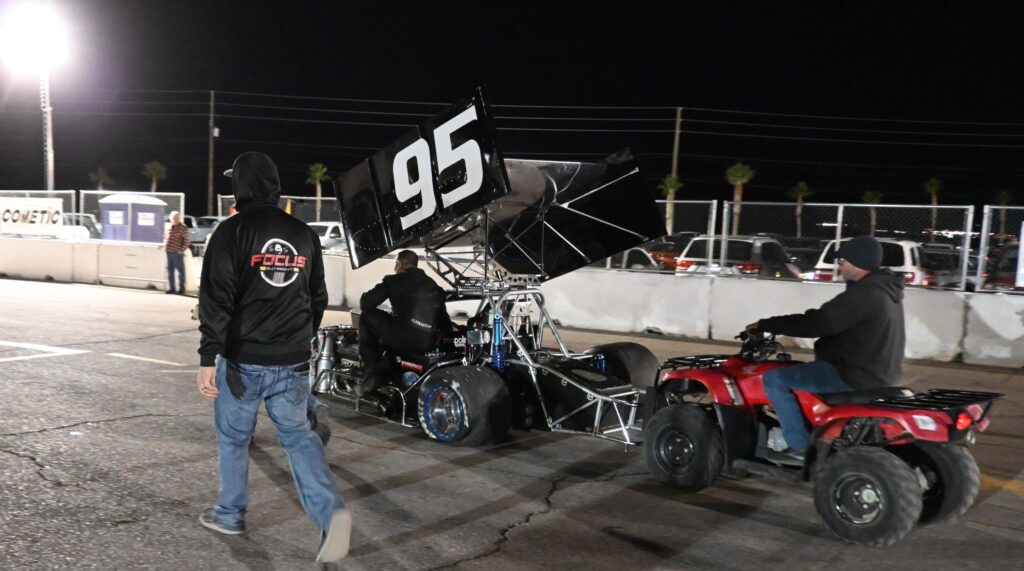
Saving Supermodified Racing
The first Supermodified series started in 1965 and none of the original builders are still alive. So these machines are becoming increasingly rare. According to Bryan, there are about 36 in the western US and 30 more back east.
Because of their age and rarity, many replacement parts have to be handmade. So it’s not especially easy to keep a Supermodified on the track or make a race series happen. Yet, because he appreciates the cars so much, Bryan has gone to great lengths to keep them competing.
First, he bought up and refurbished several Supermod’s when the class was waning and the cars were cheap. He currently partners with teams in Florida and California to keep 24 cars racing. He also has three to four he keeps track-worthy himself. Bryan even lets one of his drivers, Cris Muhler, keep his #95 in Colorado. He knows Cris will take care of the car and keep it racing successfully.
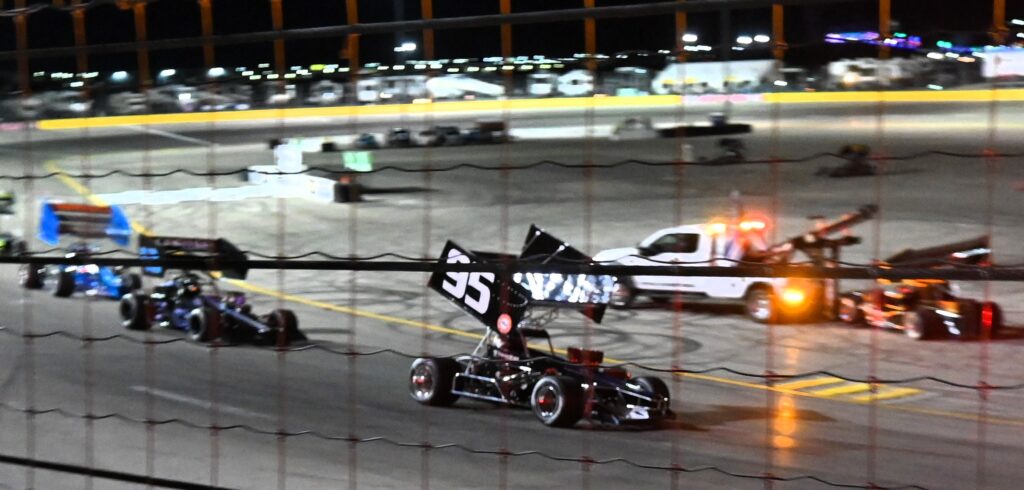
Bryan has personally organized races to keep the series alive. He has also done mechanical work on just about everybody’s Supermodifieds to get enough of them on track for a good race.
Perhaps the most extreme example of what he is willing to do for Supermod’s occurred after the November 2018 Camp Fire that burned much of Paradise, CA.
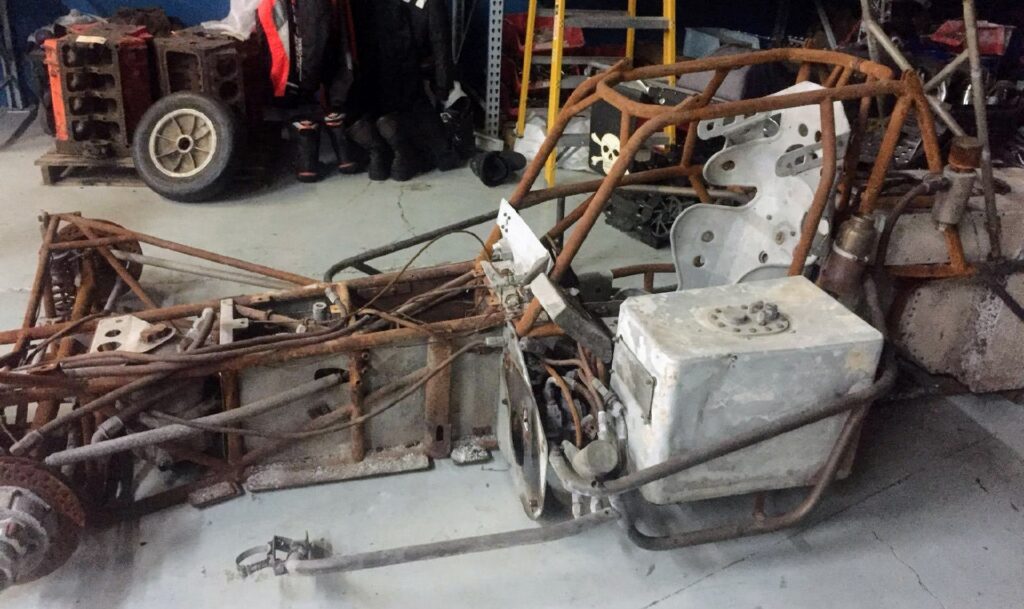
Bryan’s friend Mike “Unk” Funkhouser had one in his Paradise garage that November. It was so badly burned that Mike was ready to junk it. However, the car was custom-fitted to Unk, and was a rare Supermodified, so Bryan asked for a crack at it before writing it off.
He got a stack of mostly melted and damaged parts and a burned up frame. It took many painstaking hours over two years, but Bryan got the car back into great shape. So good, in fact, that Unk won 3rd place at Meridian Speedway his first time back on track in that car.
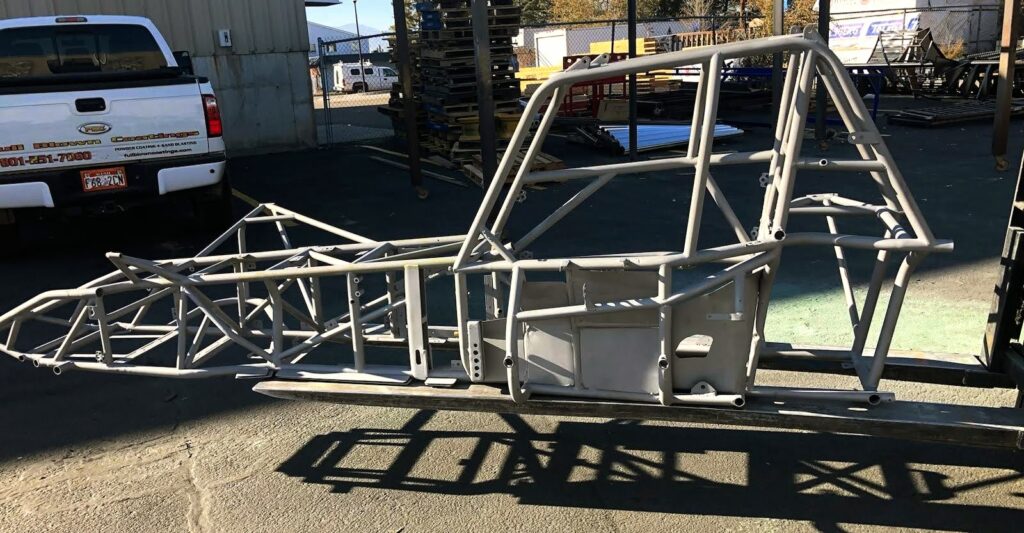
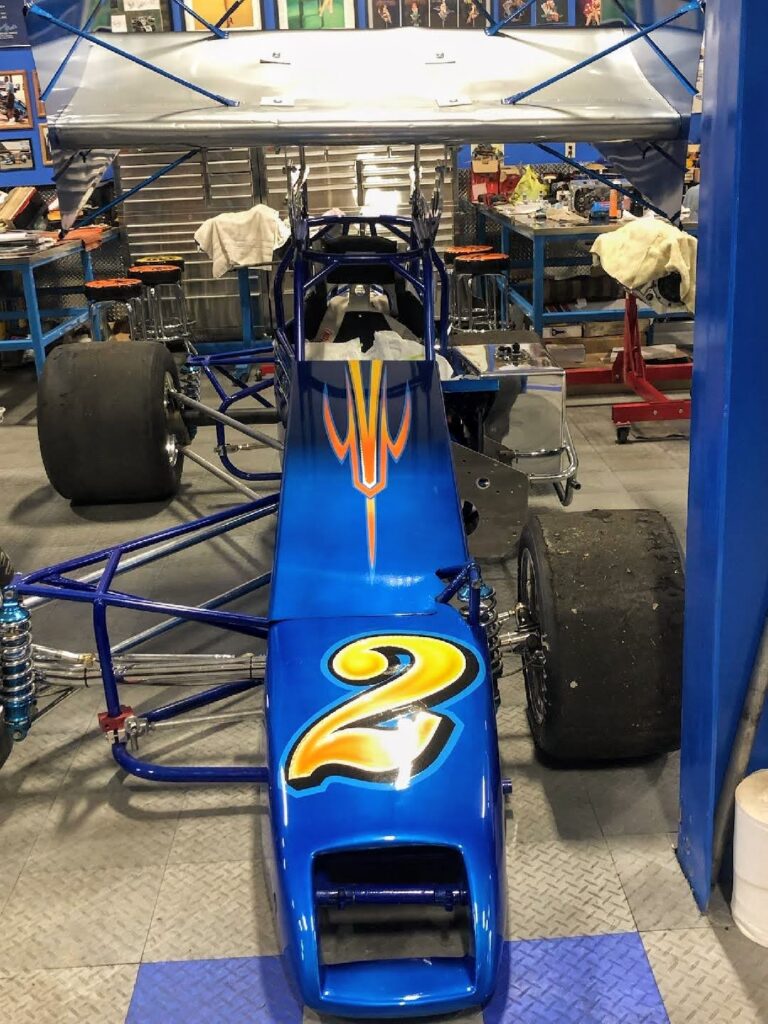
In spite of everything he’s done, Bryan wants to make sure that Supermodified racing not only survives, but thrives.
Revitalizing Supermodifieds—Building New Cars
Bryan Shafer Racing (BSR) was based in Salt Lake City, but has been operating out of the St. George area for the past three years. BSR builds parts for many teams, including Stewart-Haas Racing, and repairs frames. Now Bryan has acquired the jigs to build new frames for Supermod’s.
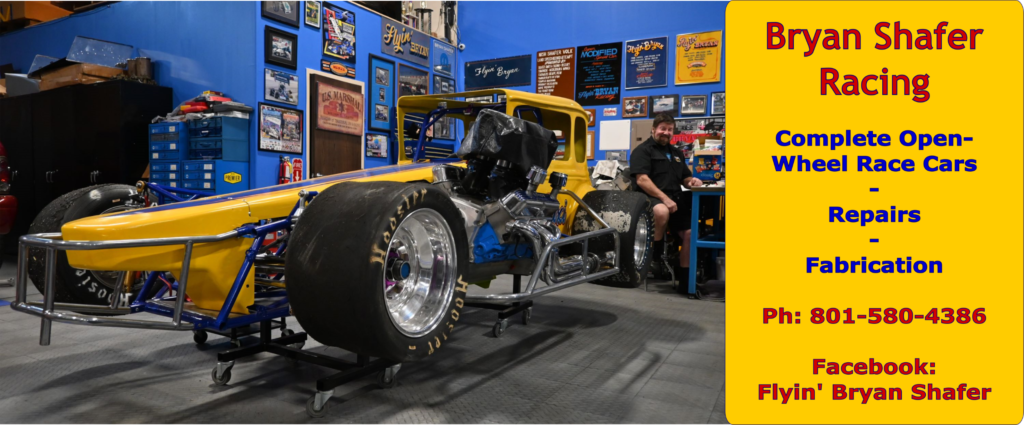
Advertise with UMN
He is actively looking for a tube-bending and welding partner that can use computer numerical control (CNC) or similar technology to produce more frames, more cost effectively. Such frames would also be more precise and uniform in specification, relative to hand-built frames using rather outdated jigs.
While he plans to partner in producing many types of tube frames, from dune buggies to off-road racers to stock cars, one important outcome will be the ability to revitalize Supermod racing.
In the near future, BSR hopes to start building new, state-of-the-art Supermodified race cars to buyer specifications. Alternatively, teams that would rather build their own cars will be able to buy brand-new frames and components.
Here’s hoping for a resurgence and revitalization of these earth-shaking machines!
© 2023, R Bairett
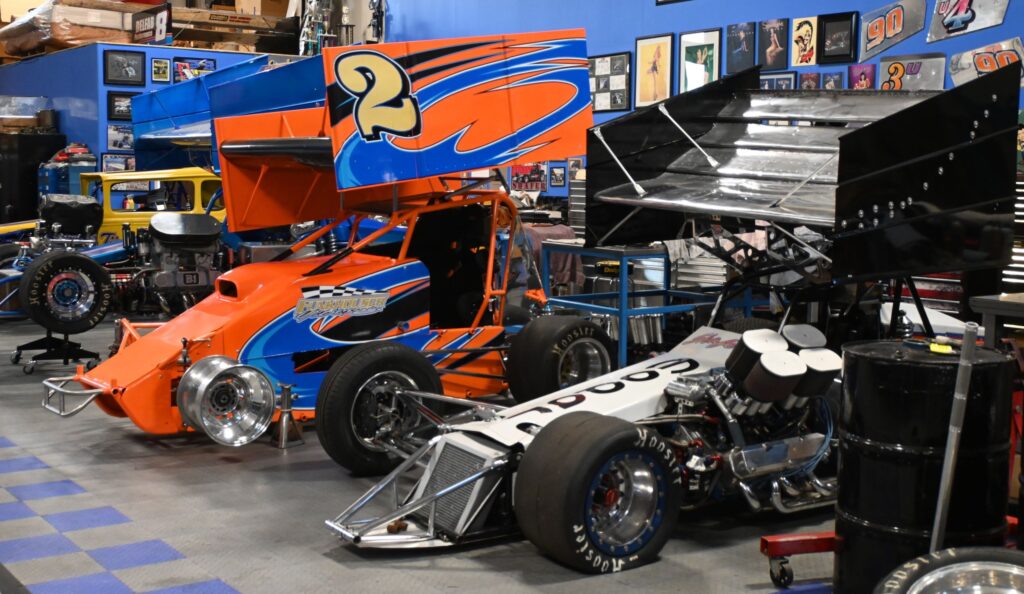

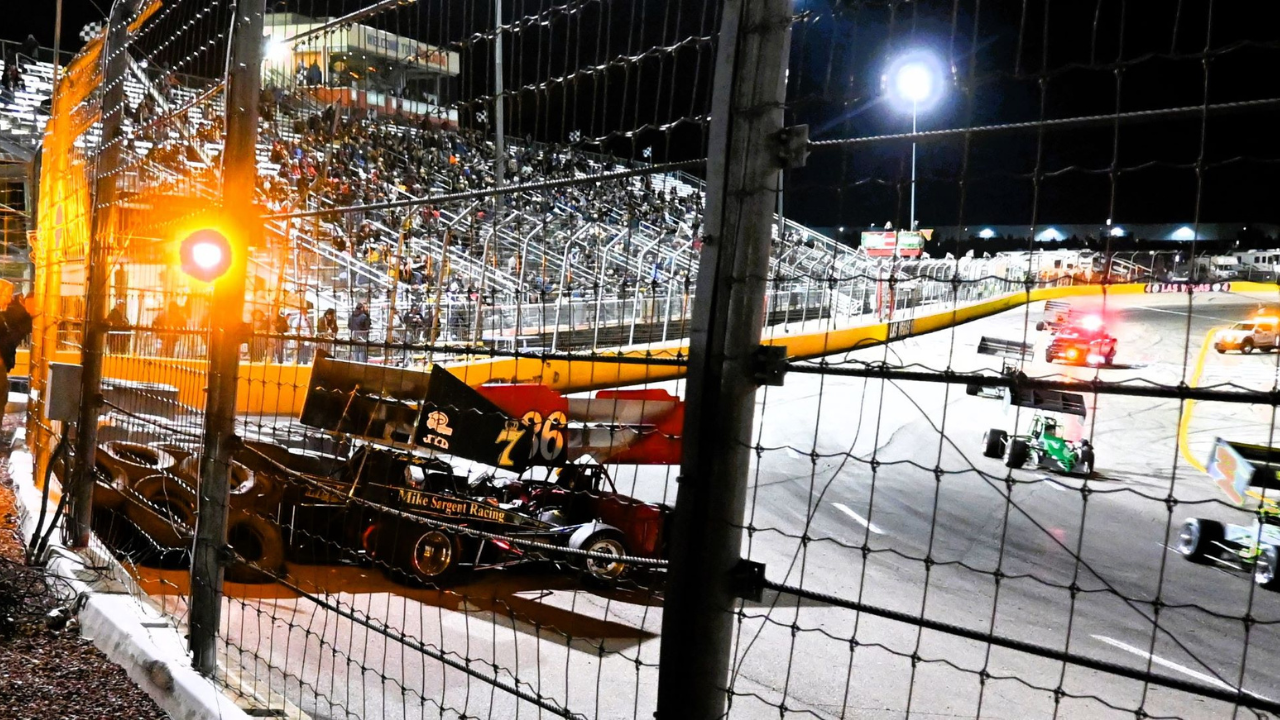



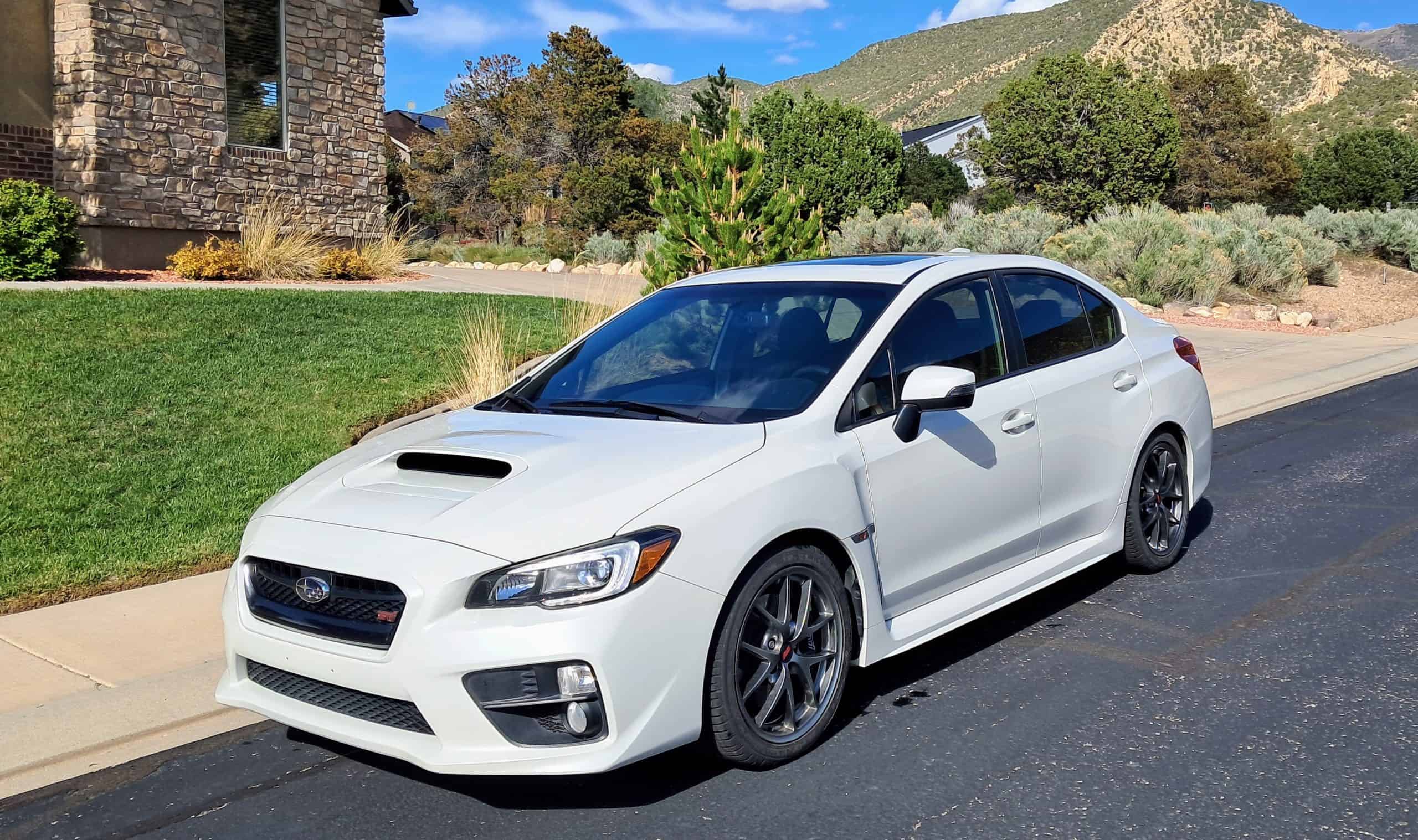
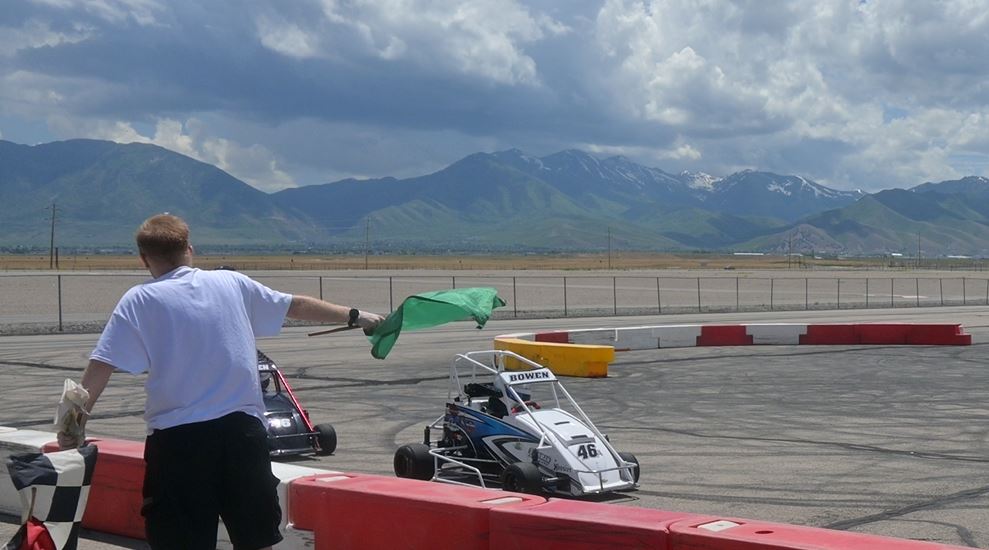
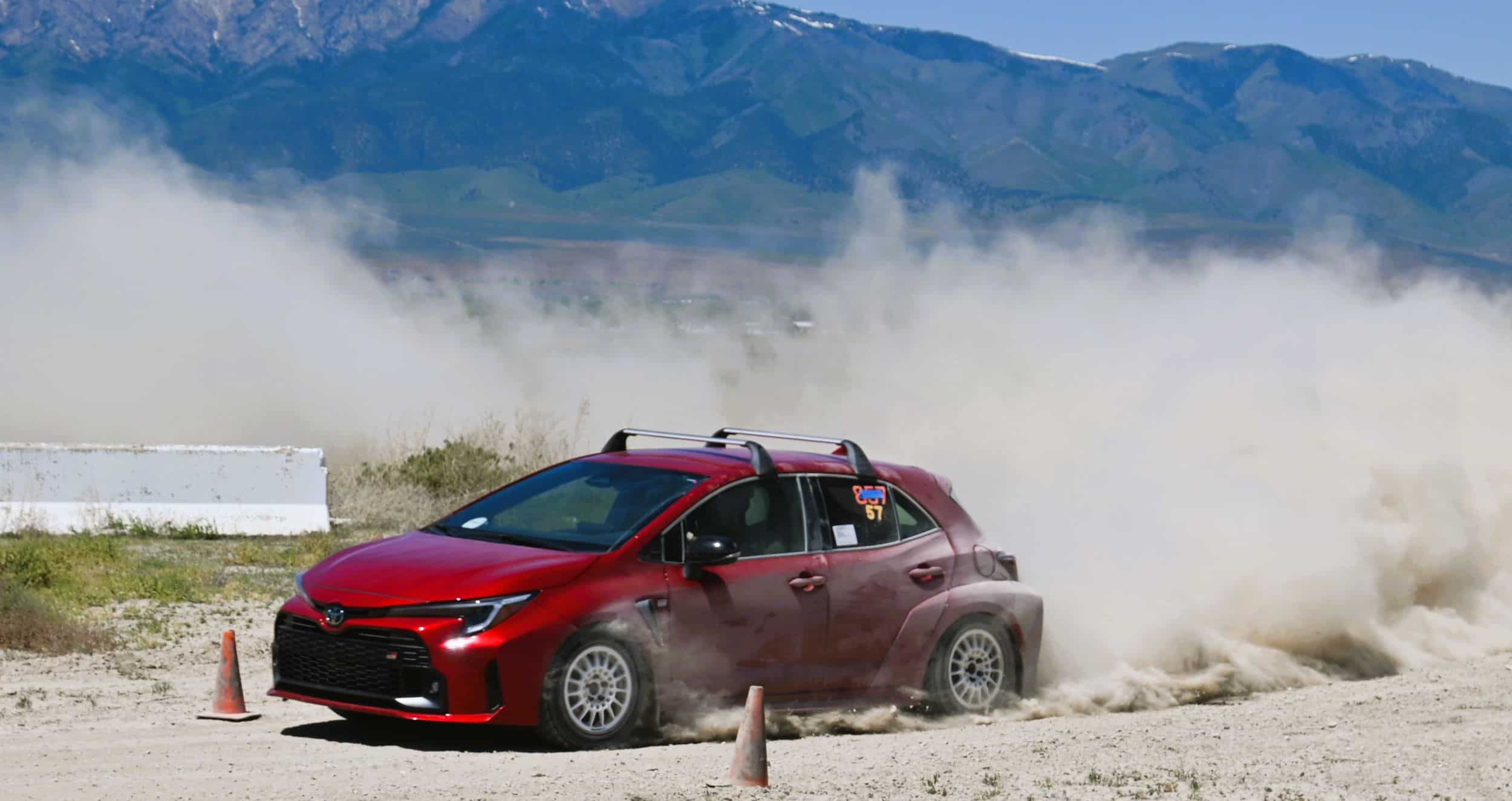
0 Comments